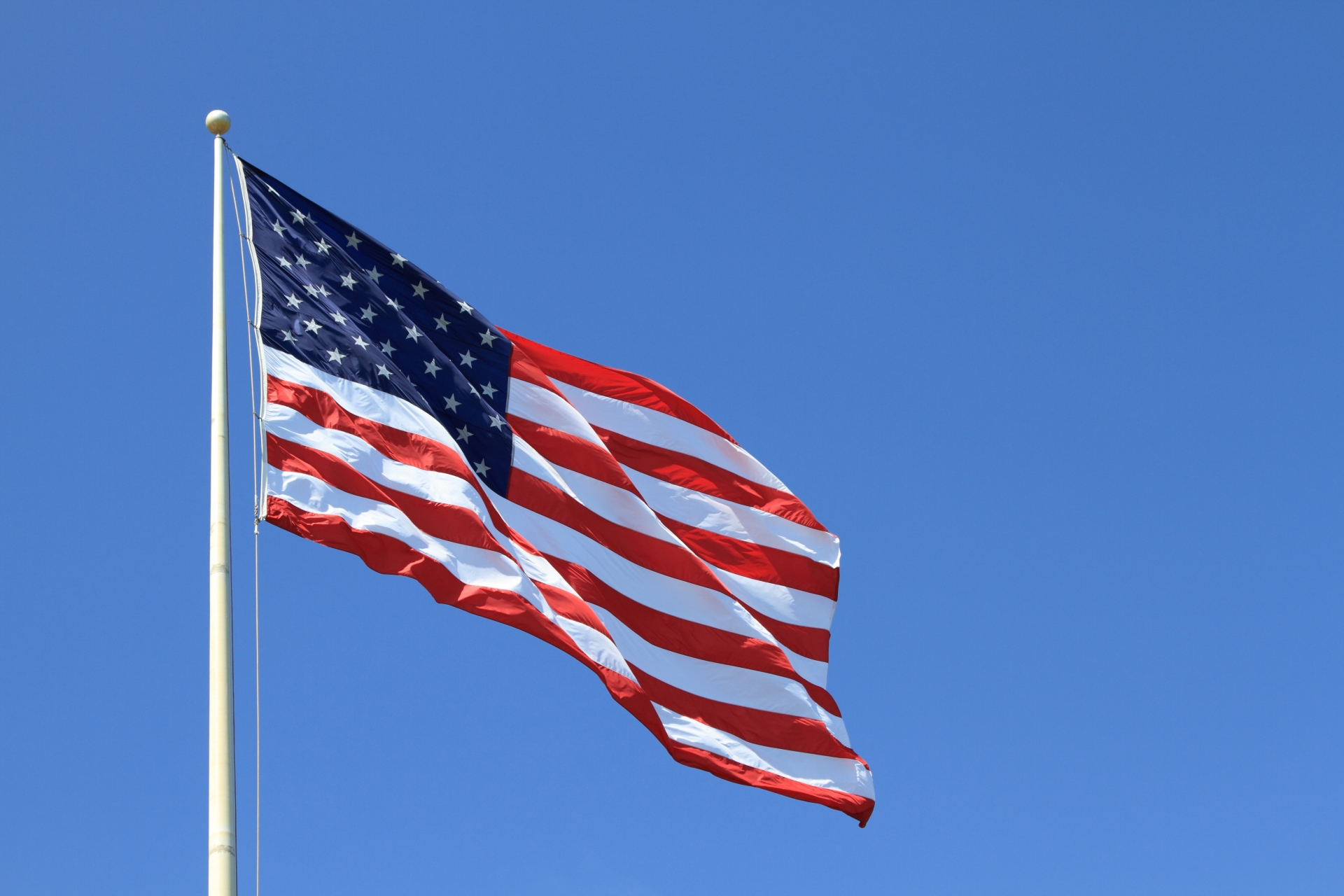Nevada, located in the western United States, is known as one of the hottest regions in the country.
In particular, southern areas such as Las Vegas and around Death Valley experience extended periods of extreme heat.
However, in higher-altitude mountainous areas and the northern part of the state, there are relatively cooler places, resulting in significant temperature differences within Nevada.
This article explains in detail the causes of Nevada’s heat, measures to cope with it, and cooler spots in the state.
1. Causes of Heat in Nevada
1-1. Desert Climate (Arid Zone)
- Most of Nevada has a desert or steppe climate, with very low annual rainfall (around 100–250 mm on average).
- The lack of cloud cover means strong sunlight, causing daytime temperatures to rise quickly.
1-2. Low-Elevation Basin Topography
- Areas like the Las Vegas Valley in the south are surrounded by mountains, which trap heat and keep temperatures high.
- In summer, it is not uncommon for temperatures to exceed 40°C (104°F).
1-3. Rain Shadow Effect
- The Sierra Nevada Mountains to the west block moist air from the Pacific Ocean, creating dry and hot conditions.
- While humidity is low, the intense direct sunlight significantly increases the perceived temperature.
1-4. Urban Heat Island Effect
- In developed areas like Las Vegas, asphalt and buildings absorb and retain heat, making nighttime cooling slower.
2. Heat Countermeasures
2-1. Individual Level
- Avoid going outdoors during peak heat hours (especially between 11 a.m. and 4 p.m.).
- Stay well hydrated (even in dry conditions, sweat causes water loss).
- Wear lightweight, breathable clothing, a hat, and sunglasses to block sunlight.
- Reapply sunscreen frequently.
2-2. Housing and Buildings
- Use blackout curtains or roof insulation to block intense sunlight.
- Use air conditioning or cooling systems (prepare portable coolers or fans in case of power outages).
- Install shade trees or misting systems outdoors.
2-3. Community Level
- Cities like Las Vegas open cooling centers (public facilities for relief from heat).
- Heat alert systems are issued along with public announcements.
3. Cooler Spots (Summer Retreats)
3-1. Lake Tahoe
- Located on the Nevada–California border, at an elevation of about 1,897 m (6,225 ft).
- Summer temperatures are relatively mild, and visitors can enjoy water activities.
3-2. Mount Charleston
- About an hour’s drive from Las Vegas, this mountain rises to 3,632 m (11,916 ft).
- Its high elevation keeps summer temperatures around 20°C (68°F), making it very comfortable.
3-3. Great Basin National Park
- Located in the eastern highlands of Nevada, where summer temperatures remain cool due to the elevation.
- Famous for stargazing and hiking.
3-4. Northern Nevada’s Mountainous Areas
- Areas like Elko and the Ruby Mountains have high elevations and are relatively comfortable in summer.
4. Summary
| Category | Details |
|---|---|
| Causes of heat | Desert climate, rain shadow effect, basin topography, urban heat island effect |
| Heat countermeasures | Avoid going out during peak heat, stay hydrated, sun protection, shading and insulation |
| Cooler places | Lake Tahoe, Mount Charleston, Great Basin National Park, northern mountain ranges |



コメント